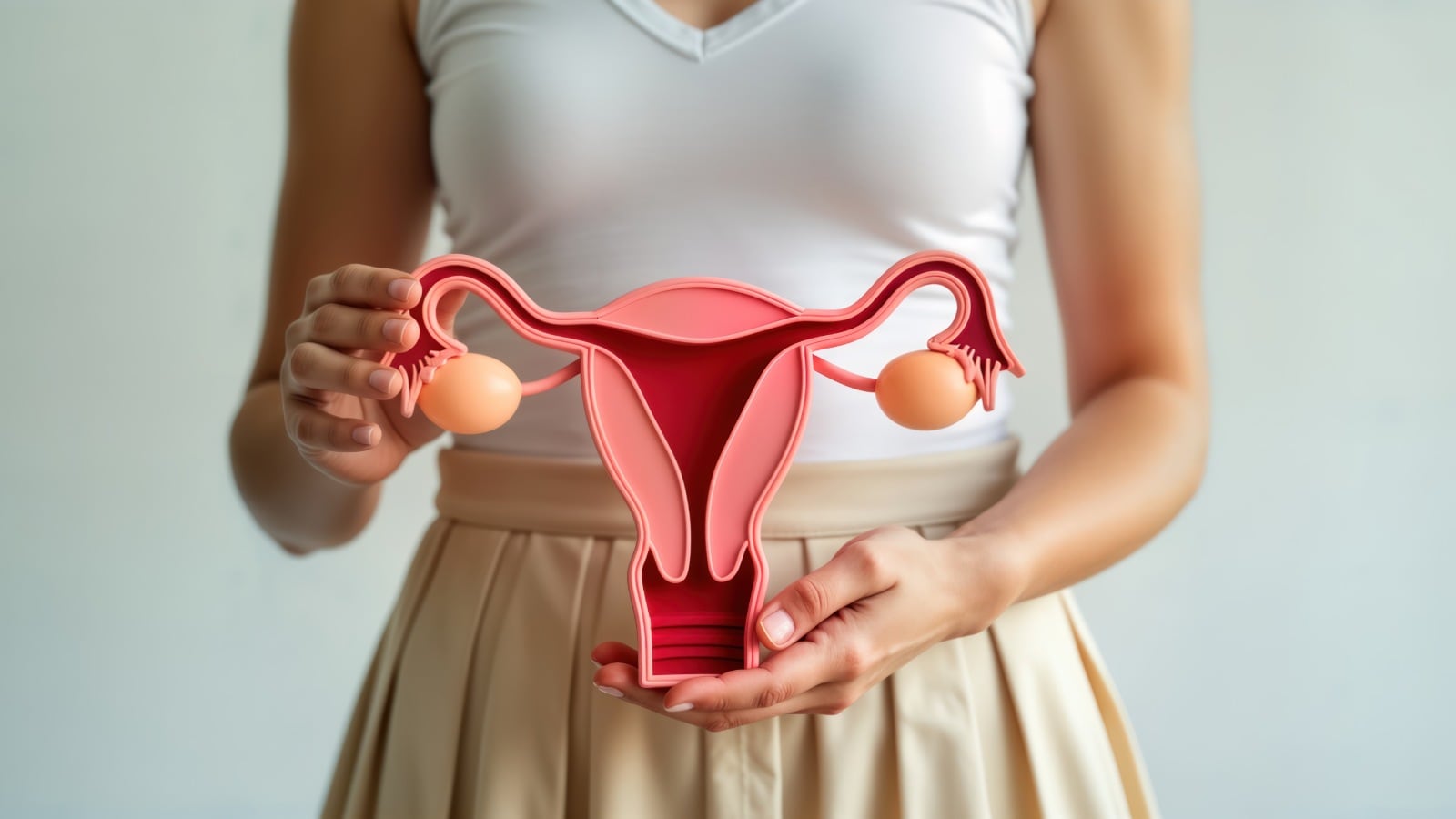Did you know that a hormone called AMH can tell you a lot about your fertility? Learn how anti-mullerian hormone or AMH levels are linked to infertility.
There are several factors that can affect the chances of a woman becoming pregnant. One of these factors is anti-mullerian hormone or AMH levels. AMH is a hormone produced by ovarian follicles, and AMH levels are a key indicator of ovarian reserve, or the number of eggs a woman has left. With infertility rates on the rise globally—affecting one in six people, according to the World Health Organization (WHO)—understanding AMH levels has become more crucial than ever. It can provide information about reproductive health, helping those planning a pregnancy or struggling with fertility.
What is anti-mullerian hormone (AMH)?
Anti-mullerian hormone (AMH) plays an important role during fetal development, particularly in the formation of sex organs in the uterus. In male fetuses, higher AMH levels prevent the development of female reproductive organs. In females, only small amounts of anti-mullerian hormone are needed for their development. AMH is produced by cells inside the follicles of the ovaries. These follicles are small, fluid-filled sacs that contain and release eggs. In men, AMH is produced by the testes (or testicles), which are responsible for making sperm and male hormones.
AMH levels are different for males and females, and they also vary with age. Tracking AMH levels can offer information about reproductive health and fertility. One of the main things AMH levels indicate is your ovarian reserve or the number of eggs you have left.
- Higher AMH levels indicate a greater number of eggs and a higher ovarian reserve.
- Lower AMH levels suggest fewer eggs and a lower ovarian reserve.

What is an AMH test?
An AMH test is a blood test that measures the amount of anti-mullerian hormone in your blood. It is often part of fertility tests, alongside other hormone tests and scans. For women, the test is mainly used to assess ovarian reserve, which is a measure of how many eggs remain in the ovaries, as per the study published in the Agricultural and Biological Sciences. It is important to note that while anti-mullerian hormone provides insight into egg quantity, it does not guarantee fertility or the ability to conceive. Everyone produces anti-mullerian hormone, but it is a particularly useful test for women, helping healthcare providers understand their reproductive health and fertility potential at a given time.
What is a normal AMH level?
Anti-mullerian hormone plays different roles for men and women, and what is considered a normal anti-mullerian hormone level depends on factors like sex and age. In women, AMH levels start to rise during adolescence and typically peak in their early 20s, around 25 years old. After that, its levels naturally decline as women age. This decline is a normal part of the ageing process, reflecting a decrease in the number of eggs in the ovaries. AMH levels are measured in nanograms per milliliter (ng/mL) and here is the typical range of anti-mullerian hormone levels at different ages:
- 45 years old: 0.5 ng/mL
- 40 years old: 1 ng/mL
- 35 years old: 1.5 ng/mL
- 30 years old: 2.5 ng/mL
- 25 years old: 3.0 ng/mL
It is important to note that these results can vary widely. Here’s a breakdown of what the numbers generally indicate:
- Normal range: Between 1.0 and 3.0 ng/mL
- Low AMH: Under 1.0 ng/mL
- Severely low AMH: 0.4 ng/mL or lower
- High AMH: Over 4.0 ng/mL
What does an AMH test tell you?
An AMH test is not a clear-cut answer to natural fertility, as it does not predict how easily you can conceive naturally. However, it can provide valuable insights into your reproductive health, particularly in specific contexts.
- If you are healthy and trying to conceive, a high anti-mullerian hormone level suggests you have a larger egg reserve, while a low AMH level means your egg supply is decreasing, which may shorten your window to get pregnant.
- For those undergoing in vitro fertilization (IVF), anti-mullerian hormone is helpful in predicting how many eggs you might produce and in adjusting medication doses to stimulate egg production. It gives an idea of how many eggs remain and whether your ovaries are ageing prematurely. AMH can also help doctors understand how you might respond to fertility medications.
- If you have been tested for polycystic ovary syndrome (PCOS), high AMH levels may indicate the condition, though a diagnosis requires more tests.
- For those approaching menopause, a low AMH level may signal that you are nearing this stage. However, the test cannot tell you exactly when menopause will occur. If no anti-mullerian hormone is detected, it typically means you are in menopause.
- Lastly, in ovarian cancer treatment, a decrease in AMH usually means the treatment is effective. An increase could signal the cancer is returning.

Why do I need an AMH test?
You may need an anti-mullerian hormone test if you are a woman experiencing fertility issues, as it helps assess your egg reserve and determine your response to fertility treatments like IVF. It can also help if you have symptoms of polycystic ovary syndrome (PCOS), such as irregular periods, acne, excessive hair, or weight gain.
Anti-mullerian hormone tests are also used in monitoring ovarian cancer treatment to check if it is effective or if the cancer has returned. In some cases, male children with undescended testicles or ambiguous genitalia may require an AMH test for diagnosis.
Related FAQs
How often should AMH levels be tested?
AMH levels are usually tested once unless there are specific concerns or you are undergoing fertility treatment. Since AMH levels remain stable throughout the menstrual cycle, they don’t require frequent monitoring.
How does the AMH test work?
The AMH test is a simple blood test. A healthcare professional will use a small needle to draw a blood sample from a vein in your arm, and the process typically takes just a few minutes.
Is there any treatment for AMH-related fertility?
Currently, there are no proven methods to increase AMH levels. While you cannot boost your egg count, you can help preserve egg quality by avoiding smoking and maintaining a healthy weight, as both smoking and obesity can negatively impact egg quality.
#Antimullerian #hormone #AMH #levels #linked #infertility




